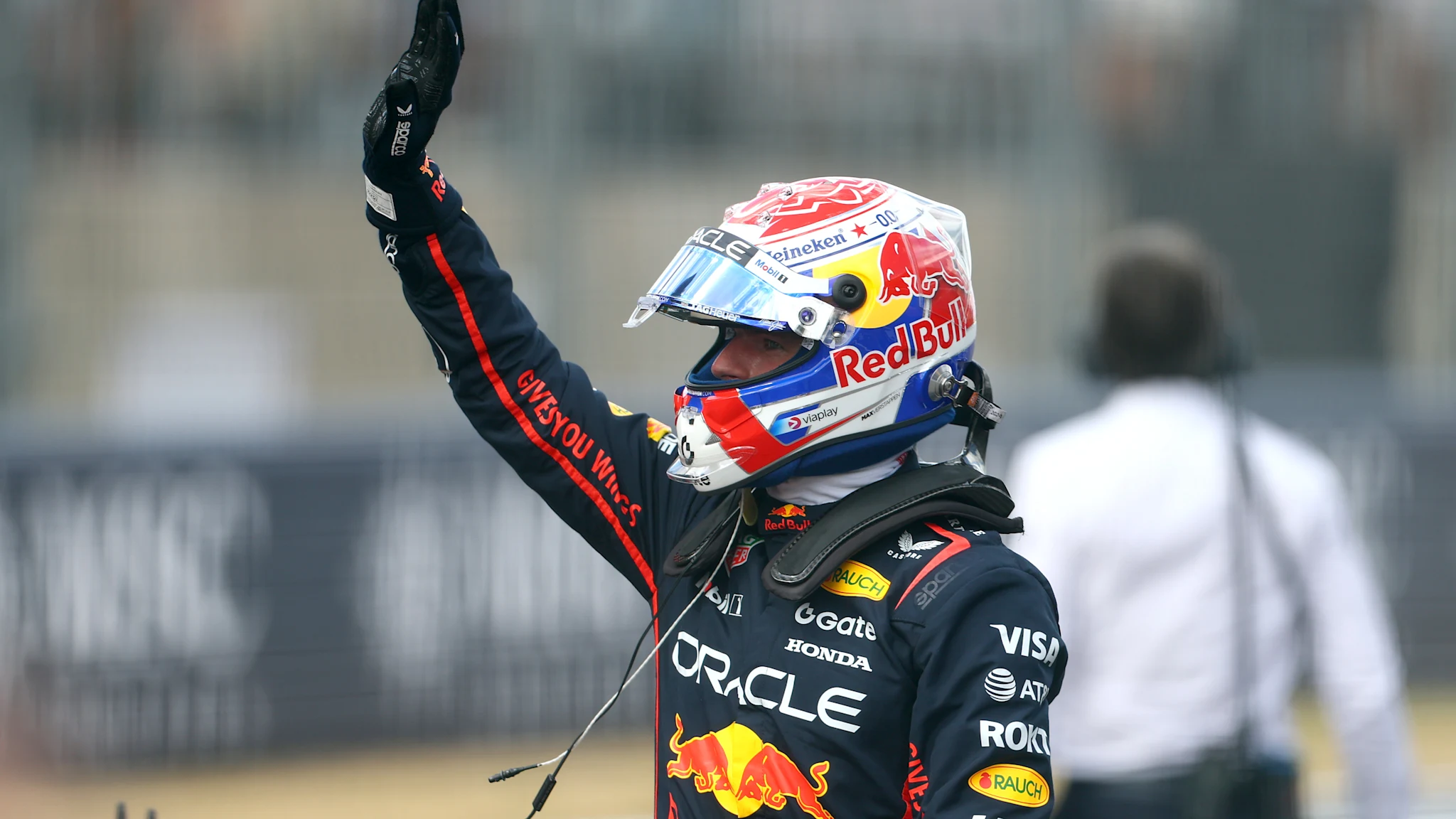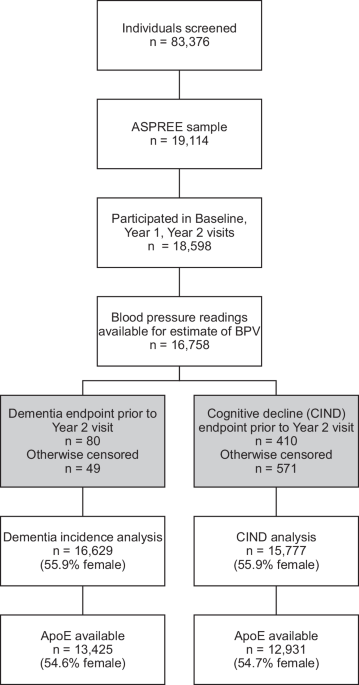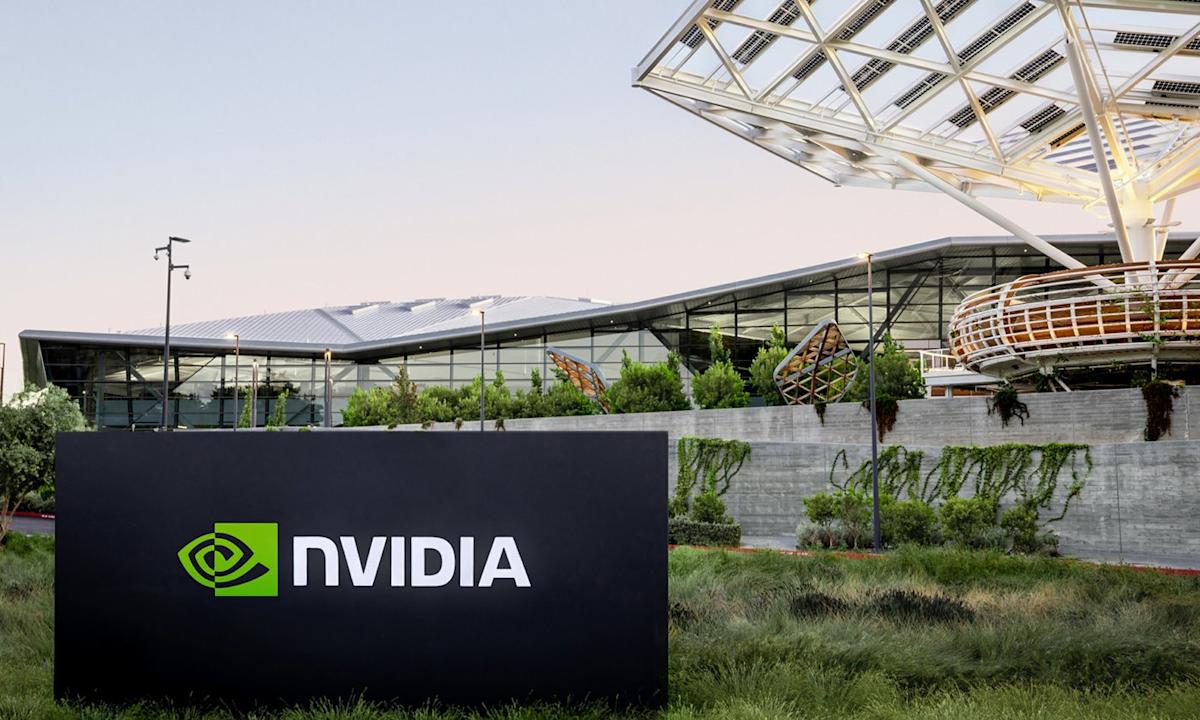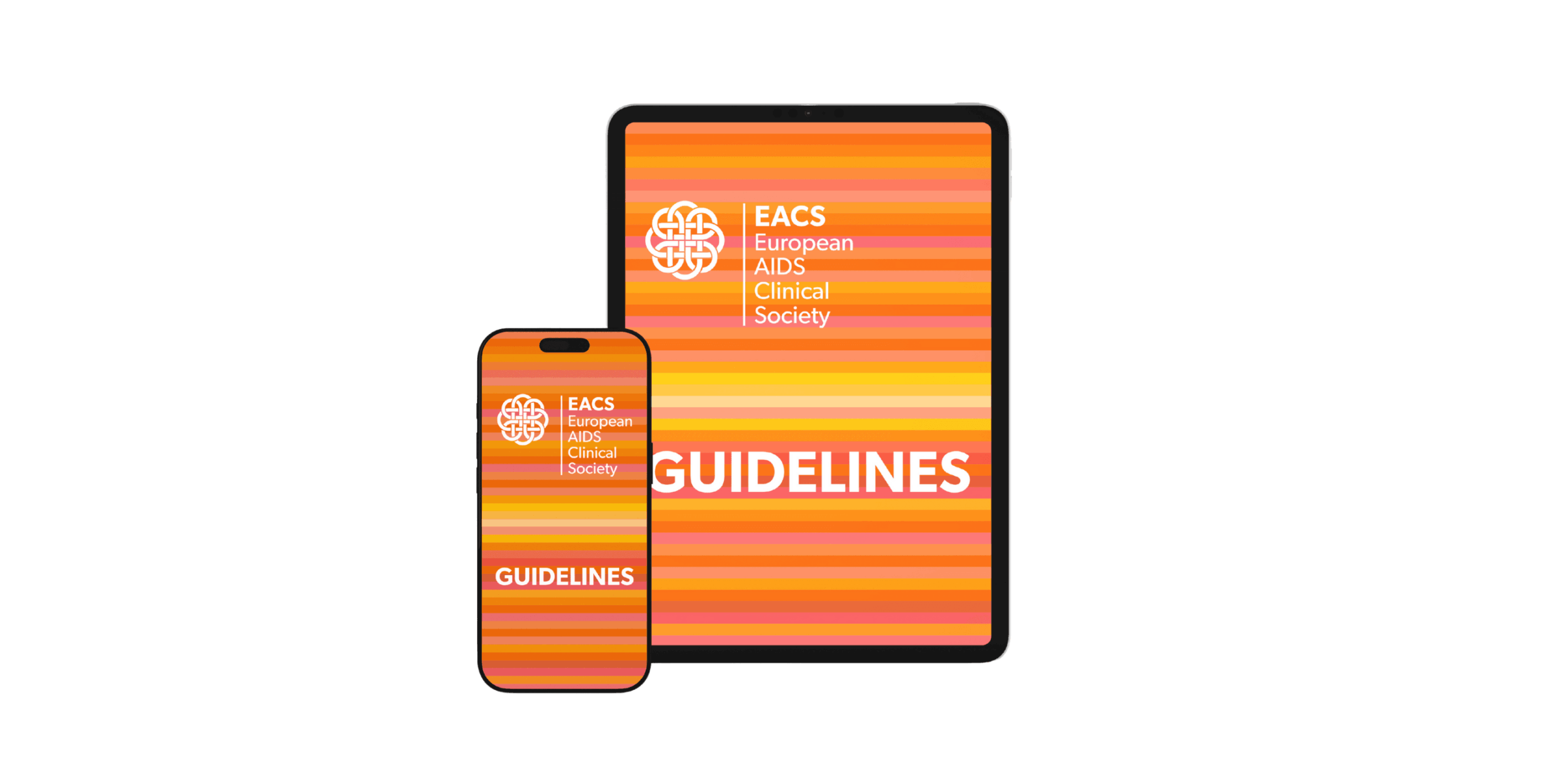PARIS, October 17, 2025 — The European AIDS Clinical Society (EACS) has shifted the focus of its guidelines toward managing comorbidities and the health needs of an aging HIV population, while making only incremental changes to first-line…
Blog
-

Max Verstappen wins dramatic Austin Sprint as both McLarens retire in Lap 1 collision
Max Verstappen has taken victory in a dramatic Sprint at the United States Grand Prix that saw both McLaren drivers retire on the opening lap after being caught up in a Turn 1 melee.
While Verstappen led cleanly away from pole position, the…
Continue Reading
-

Holger Rune becomes latest tennis player to have season ended prematurely after injury
World number 11 Holger Rune became the latest high-profile tennis player to have his season ended prematurely after suffering an injury at the Nordic Open in Stockholm.
The Danish 22-year-old, set to return to the top 10 after reaching the…
Continue Reading
-

Strictly Come Dancing week four live: Neighbours star Stefan Dennis is ‘back with a bang’ after his Charleston
Who are the judges?published at 18:15 BST
Let’s take a close look at the all-star panel in Strictly Come Dancing.
Shirley Ballas: Became head judge in 2017, after a dancing career that saw her win nearly every major title she…
Continue Reading
-

For Today’s Young Content Creators, Chaos Reigns on TikTok
Polished and perfect are out, and candid and messy are in. At least that’s what it appears consumers on social media are drawn to when connecting with creators in 2025.
Some influencers are pivoting away from meticulously curated profile…
Continue Reading
-
Google Updates AI Studio with Advanced Features for Developers
Google has unveiled a series of enhancements to its AI Studio platform, aiming to empower developers with greater precision and efficiency in building artificial intelligence applications. The updates, detailed in a recent post on the
Continue Reading
-

Late-life, visit-to-visit blood pressure variability and its association with sex-specific long-term cognitive outcomes
GBD 2016 Dementia Collaborators. Global, regional, and national burden of Alzheimer’s disease and other dementias, 1990-2016: a systematic analysis for the Global Burden of Disease Study 2016. Lancet Neurol. 2019;18:88–106.
…
Continue Reading
-
ESMO 2025: Perioperative Enfortumab Vedotin (EV) plus Pembrolizumab (Pembro) in Participants with Muscle-Invasive Bladder Cancer (MIBC) Who Are Cisplatin-Ineligible: The Phase 3 KEYNOTE-905 Study – UroToday
- ESMO 2025: Perioperative Enfortumab Vedotin (EV) plus Pembrolizumab (Pembro) in Participants with Muscle-Invasive Bladder Cancer (MIBC) Who Are Cisplatin-Ineligible: The Phase 3 KEYNOTE-905 Study UroToday
- Pfizer and Astellas announce positive results from phase 3ev-303 clinical trial for Padcev in combination with Keytruda TradingView
- Enfortumab Vedotin Plus Pembro Cuts Risk of Disease Progression, Death 60% for Patients With MIBC Who Can’t Have Chemo With Bladder Removal The American Journal of Managed Care® (AJMC®)
- ESMO25: Padcev, Keytruda regimen given before, after surgery shines in bladder cancer FirstWord Pharma
- KEYNOTE-905: EV/pembrolizumab emerges as new option for cisplatin-ineligible MIBC Urology Times
Continue Reading
-

Socialite Lady Annabel Goldsmith remembered as ‘simply irreplaceable’ after death | UK News
Lady Annabel Goldsmith, the socialite who gave her name to a famous Mayfair nightclub, has died aged 91.
Her son Ben Goldsmith, an environmentalist and financier, described her as “quite simply irreplaceable” and said her life had…
Continue Reading
-

Where Will Nvidia Be 24 Months After the Blackwell Launch? Here’s What History Says.
-
The AI chip leader released its much-anticipated Blackwell platform late last year.
-
The previous big release was the Hopper architecture, launched two years earlier, and the system drove major revenue gains.
-
10 stocks we like better than Nvidia ›
About a year ago, Nvidia (NASDAQ: NVDA) was facing one of its biggest moments ever. The artificial intelligence (AI) chip giant was launching its new Blackwell architecture, a system that was being met with “insane” demand as CEO Jensen Huang told CNBC at the time. The company announced Blackwell in March 2024 and the fourth quarter of the year was the first to include Blackwell revenue.
Blackwell was to be the first release of a new routine for Nvidia: launching chip or entire platform updates on an annual basis. Since that time, this new architecture has helped Nvidia’s earnings roar higher, with Blackwell data center revenue climbing 17% in the most recent quarter from the previous one. In the report, Huang said, “The AI race is on, and Blackwell is the platform at its center.” Meanwhile, Nvidia stock has reflected all of this, advancing 40% so far this year.
Now, it’s logical to wonder where Nvidia will be as this story progresses, for example, 24 months after the Blackwell launch. Here’s what history says.
Image source: Nvidia. First, though, let’s consider Nvidia’s path in the AI market so far. The company has always been a graphics processing unit (GPU) powerhouse, but in its earlier days, it mainly sold these high-performance chips to the gaming market. As it became clear that their uses could be much broader, Nvidia developed the CUDA parallel computing platform to make that happen — and then, as the potential of AI emerged, Nvidia didn’t hesitate to put its focus on this exciting market.
That proved to be a fantastic move as it helped Nvidia secure the top spot in the AI chip market — and the quality and speed of its GPUs has kept it there. All of this has resulted in several quarters of double- and triple-digit revenue growth as well as high profitability on sales — gross margin has generally surpassed 70% in recent times.
To keep this leadership going, Nvidia committed to ongoing innovation, with the promise of updating its chips once a year. The company kicked this off with the launch of Blackwell about a year ago, then released update Blackwell Ultra a few months ago. Next up on the agenda is the Vera Rubin system, set for release late next year.
All of these platforms operate together seamlessly, so customers don’t have to wait for a specific one and instead can get in on Nvidia’s current system and easily move forward with the latest innovations when needed. Still, as mentioned earlier, demand from big tech customers for the latest systems has been great — they want to win in the AI race and to do so aim to get their hands on the best tools as soon as possible.
Continue Reading
-
